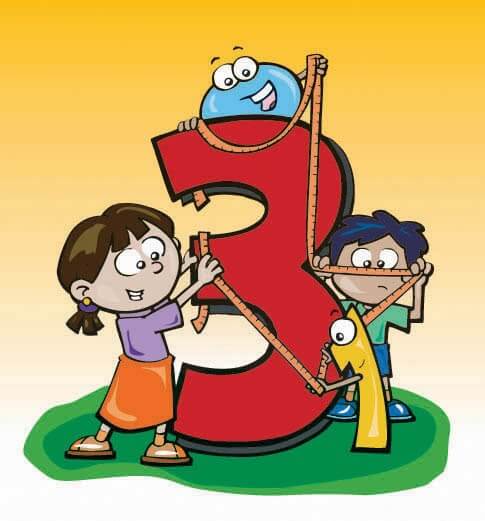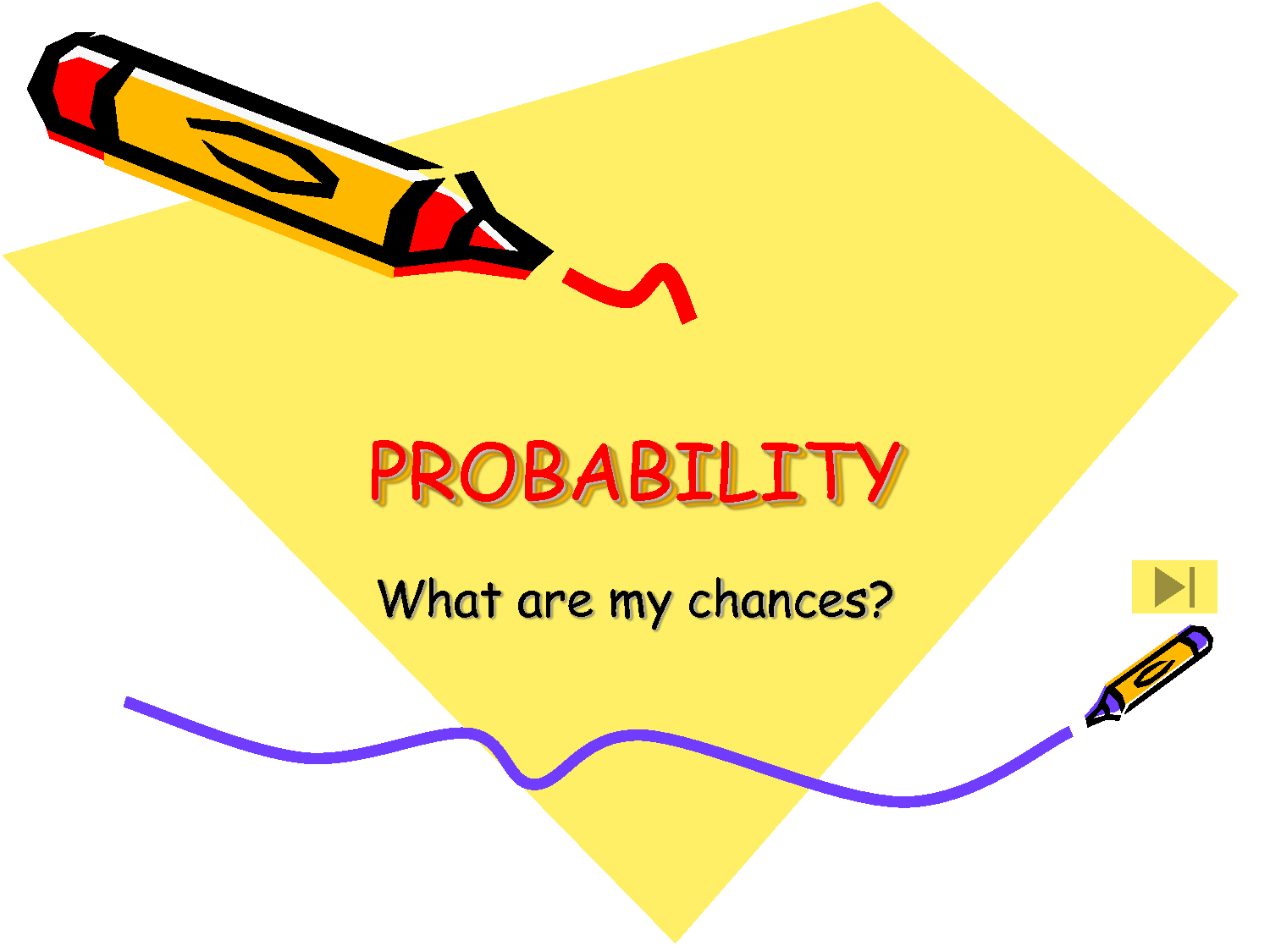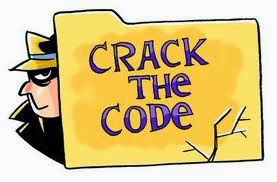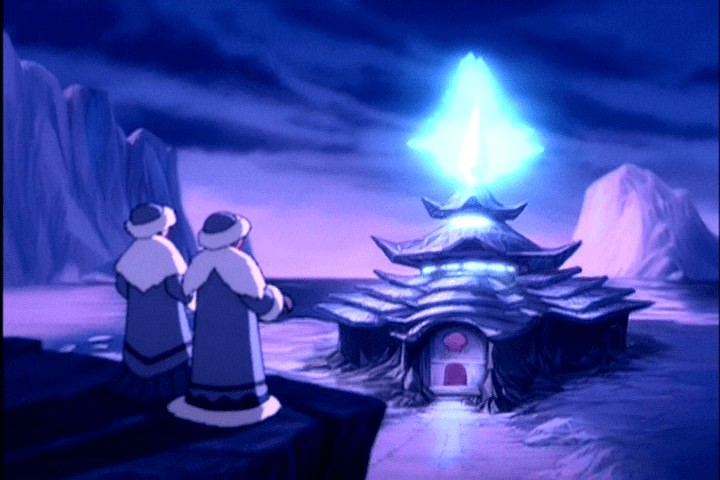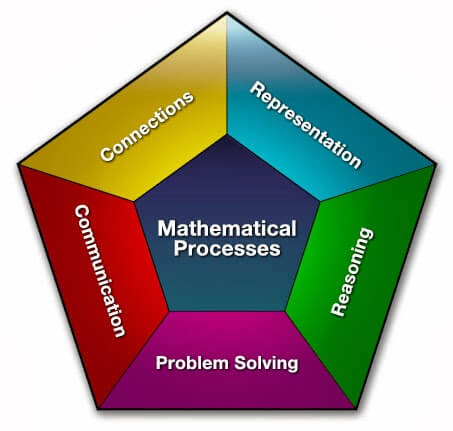There are four people in a house. A fireman, an athlete, an old woman and a drunk guy. The house catches fire and before the fact is known, it is too late. All they know is that the entire house is in flames and it will collapse exactly after twelve minutes. Now they can move out of the house but for that, they will have to pass the hallway which is entirely blazing with flames. Thus to move, one must carry a fire extinguisher to keep the flames away. Seeking the burnt wooden floor, only two person can run through that hallway at one time. But for others to go, one must return back with the fire extinguisher. The fireman, is trained for such tasks and can run through the hallway in a minute. The athlete can make it in a couple of minutes. The old woman can run slowly and will cover the hallway in four minutes. The drunk guy will take five minutes to run through it. If all of them can make it through the hallway in twelve minutes, all of them will be saved. When two move together, they will run with the speed of the slower one.
How will all four of them manage to run to safety?

1. Fireman and the fit guy will move first which will take 2 minutes.
2. Fireman will return back with fire extinguisher, taking 1 minutes.
3. Drunk guy will move with old woman taking 5 minutes.
4. The fit guy will return taking 2 minutes.
5. Both the fit guy and fireman will move taking 2 minutes.
2 + 1 + 5 + 2 + 2 = 12 minutes.
